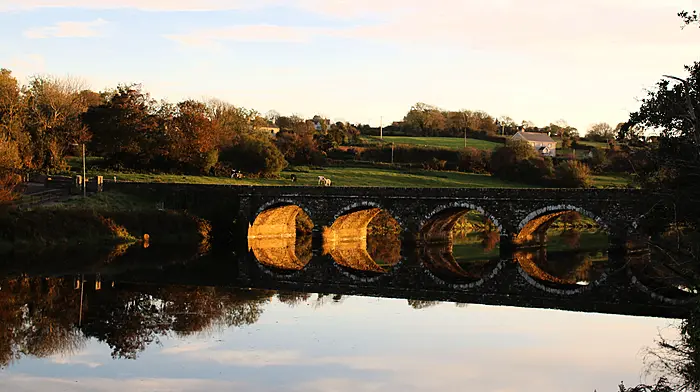ONE of the biggest growth areas in local tourism in recent years has been whale and dolphin watching. Any family that has tried to book a day on a whale-watching boat leaving the coast of West Cork, at short notice during the summer, will know just how incredibly popular these sight-seeing trips have become.
And it’s not just tourists who appreciate our rich waters.
Marine life experts from all around the globe come to West Cork to study and monitor whales, seals, basking sharks and dolphins in all their glory because of the high numbers of them in our fairly clean seas.
We are the envy of many nations because, so far, our waters have remained relatively pollutant-free and so the variety of marine life off the Irish coast can at times be quite spectacular.
This was the theme of a meeting held in Skibbereen last Friday night, when the lobby group Fair Seas hosted a meeting on the upcoming Marine Protected Areas legislation.
This legislation seeks to have various areas around our coasts made protected areas for certain species, but it also aims to protect local biodiversity and sometimes the cultural heritage of the area, too.
It is hoped that the government will designate 30% of our seas for general protection, with 10% of this designated for ‘strict’ protection, which may outlaw fishing in these more targeted areas.
The problem is, nobody really seems to know what exactly the protection status will mean, how strict is ‘strict’ and what the general classification will mean for users of the waterways, like leisure boaters or indeed inshore fishers.
Many of those inshore fishers were present at last Friday night’s meeting in the West Cork Hotel, keen to get some semblance of a peek into what the legislation may mean for them.
But what was very obvious from the meeting, which was hosted by Fair Seas in conjunction with the Irish Whale and Dolphin Group, and attended by many experts in both fishing and marine ecology, was that nobody really knows what’s coming down the tracks.
The Marine Protected Areas Bill could have a massive impact on ring-fencing the protection of one of West Cork’s most popular tourist attractions – our marine life – or it may devastate our inshore fishermen. But, at this point, without the finer details having as yet been made available, nobody is quite sure.
There is a fear that the government is trying to be ‘all things to all men’ by promising to protect our maritime life while also keeping big business satisfied.
Energy Ireland, which monitors issues of interest to Ireland’s burgeoning energy industry, said in February that one challenge during the formulation of the Bill was determining how marine protected areas might affect the development of Ireland’s offshore wind industry.
But they were reassured by the fact that Minister of State for Heritage Malcolm Noonan TD and Minister of Housing, Local Government and Heritage Darragh O’Brien TD had both stated that marine protected areas would in fact support the development of wind energy.
The Irish Whale and Dolphin Group downplayed the role of offshore windfarms in the disturbance of marine animals, at last Friday night’s meeting.
But there is widespread fear amongst fishers in both Europe and the US that the rapid expansion in offshore windfarms in both jurisdictions will cause numerous issues – from fishing equipment getting entangled in windfarm cabling, to the movement of stocks due to underwater drilling and other noise pollution, to the disturbance of ocean currents which will, in turn, affect fish stock migration.
There is not sufficient research available, as yet, on the implications of the world’s rush to embrace offshore wind as an energy source but in the meantime, there have been a lot of mixed messages about the future.
It is hoped that the upcoming Marine Protected Areas legislation will clarify at least some of those messages.










